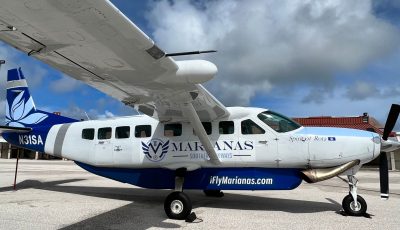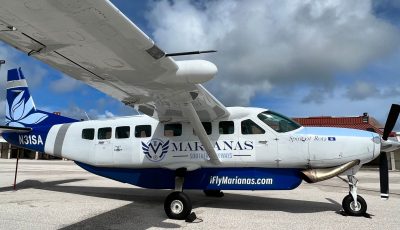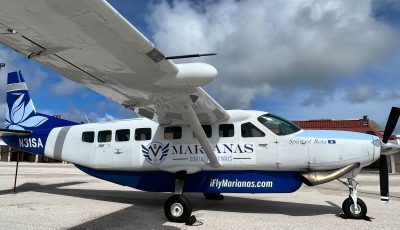Experts to address fishery collapse in A. Samoa, overfishing in Western Pacific
HONOLULU—The American Samoa longline fishery is suffering from a potential economic collapse. In 2013, many vessels in the fishery operated at a loss as catches of South Pacific albacore were insufficient to cover operating costs. This and other issues are being addressed at the Scientific and Statistical Committee that advises the Western Pacific Regional Fishery Management Council as the SSC convenes June 17 to 19 at the Council office in Honolulu. The public is invited to attend and provide comments.
Challenging operating conditions are not confined solely to the American Samoa fleet. Fleets across the Central South Pacific from Fiji to the Cook Islands have suffered similar effects stemming from a mix of high operating costs-mainly fuel-lower prices for albacore and low catch rates of South Pacific albacore.
Longline fishermen perceive an influx of Chinese longline vessels across the South Pacific to be responsible for increased catch competition that is lowering catch rates for domestic longline fisheries. Chinese vessels enjoy substantial subsidies on fuel, licensing, freight costs, vessel construction, exports, tax, loans and labor. The influx of these vessels has been attributed as the main contributor to the doubling of the South Pacific albacore catch from around 40,000 metric tons (mt) in 2000 to over 80,000 mt in 2012. Current catches of South Pacific albacore are approaching and may be exceeding the maximum sustainable yield of the stock.
The Council is considering options to provide relief to the American Samoa fishery such as temporarily opening parts of the large vessel prohibited area in American Samoa to vessels permitted under the American Samoa limited entry program. Spatial options were developed for this fishery to reduce potential gear conflict and catch competition between larger longline vessels and small-scale commercial and recreational troll vessels.
The SSC is also considering and may make recommendations to the Council on the Western and Central North Pacific Ocean striped marlin stock, which has been determined by the National Marine Fisheries Service to be overfished. The overfishing and overfished condition of the striped marlin is due largely to excessive international fishing pressure. However, NMFS believes that the two tuna regional fishery management organizations, the Inter-American Tropical Tuna and the Western Central Pacific Fisheries Commissions, have inadequate measures in place to correct the problem. The Western Pacific Regional Fishery Management Council is thus obliged to take international and domestic management action under the relevant sections of the Magnuson-Stevens Fishery Conservation and Management Act to address international and domestic impacts, respectively. A domestic rule under the Council’s Pelagic Fishery Ecosystem Plan may affect Hawaii’s pelagic fisheries.
The SSC will also discuss specifying acceptable biological catches for the main Hawaiian Islands deep 7 and non-deep 7 bottomfish and for crustaceans, coral reef fish and precious corals in the Western Pacific Region as required by the MSA. The Council needs to specify annual catch limits for the fishing year 2015 and may consider a multi-year specification.
Recommendations from the SSC will be considered by the Council June 25 to 27, 2014, at the YWCA-Fuller Hall, 1040 Richards St., Honolulu. For the full agendas of the SSC and Council meetings and details on public comment opportunities, go to www.wpcouncil.org/category/council-and-advisory-body-meetings/.
As part of the Council meeting, a Fishers Forum on noncommercial fishing will be held on June 25,2014, at the Harbor View Center at Pier 38, 1129 North Nimitz Highway, Honolulu (above Nico’s restaurant). This free public event will feature discussion on catch limits, fishing licenses, data collection and other recreational, subsistence and cultural fishing issues. This Forum will also include a NOAA-led listening session to allow fishermen to weigh in on a proposed national recreational fishing policy, informational booths, door prizes and more.
The Western Pacific Regional Fishery Management Council was established by Congress in 1976. Under the MSA, the Council has authority over the fisheries in the Pacific Ocean seaward of the State of Hawai`i, the Territories of American Samoa and Guam, the Commonwealth of the Northern Mariana Islands and the US remote island area possessions. (WESPAC)



























